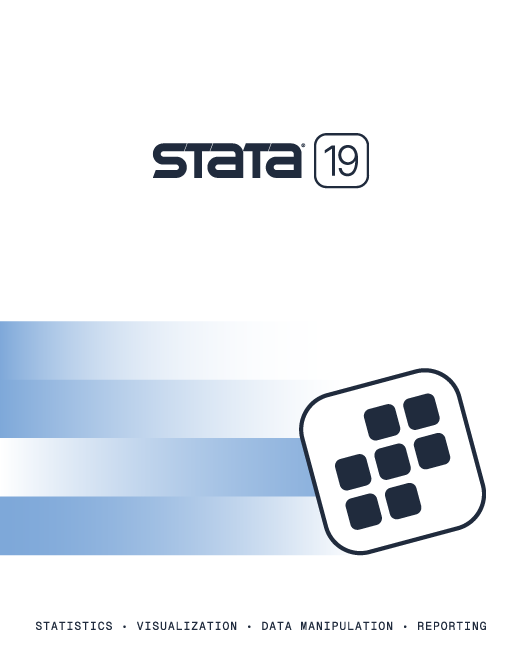

2025 Stata Conference • Nashville, TN • 31 July–01 August
| Title | Entry and exit times in Weibull models | |
| Author | William Gould, StataCorp |
A subscriber to Statalist asked about fitting a Weibull model using weibull and stweib. He got different results and attributed that to use of the two different commands. In fact, the difference was because Weibull has an absolute concept of 0 and because he was estimating different Weibull models.
The subscriber had two measures of time-to-failure:
What the subscriber observed was that
. weibull dura x1 x2, dead(censor) (1)
and
. weibull exit x1 x2, dead(censor) t0(entry) (2)
produced different results. He would have obtained the same individual answers and the same difference had he
. stset dura, failure(censor) (1')
. stweib x1 x2
and
. stset exit, failure(censor) t0(entry) (2')
. stweib x1 x2
What he in fact ran was (1) and (2') and that is what confused him. The difference has nothing to do with weibull vs. stweib; it has to do with the model itself.
The Weibull hazard function is not constant with time. That means that, for a given set of Weibull coefficients
p_1 = Pr(surviving from 0 to dura) *IS NOT EQUAL*
p_2 = Pr(surviving from entry to entry+dura)
The hazard might be increasing (in which case p_2<p_1) or decreasing (in which case p_2>p_1).
Learn
Free webinars
NetCourses
Classroom and web training
Organizational training
Video tutorials
Third-party courses
Web resources
Teaching with Stata
© Copyright 1996–2025 StataCorp LLC. All rights reserved.
×
We use cookies to ensure that we give you the best experience on our website—to enhance site navigation, to analyze usage, and to assist in our marketing efforts. By continuing to use our site, you consent to the storing of cookies on your device and agree to delivery of content, including web fonts and JavaScript, from third party web services.
Cookie Settings
Last updated: 16 November 2022
StataCorp LLC (StataCorp) strives to provide our users with exceptional products and services. To do so, we must collect personal information from you. This information is necessary to conduct business with our existing and potential customers. We collect and use this information only where we may legally do so. This policy explains what personal information we collect, how we use it, and what rights you have to that information.
These cookies are essential for our website to function and do not store any personally identifiable information. These cookies cannot be disabled.
This website uses cookies to provide you with a better user experience. A cookie is a small piece of data our website stores on a site visitor's hard drive and accesses each time you visit so we can improve your access to our site, better understand how you use our site, and serve you content that may be of interest to you. For instance, we store a cookie when you log in to our shopping cart so that we can maintain your shopping cart should you not complete checkout. These cookies do not directly store your personal information, but they do support the ability to uniquely identify your internet browser and device.
Please note: Clearing your browser cookies at any time will undo preferences saved here. The option selected here will apply only to the device you are currently using.